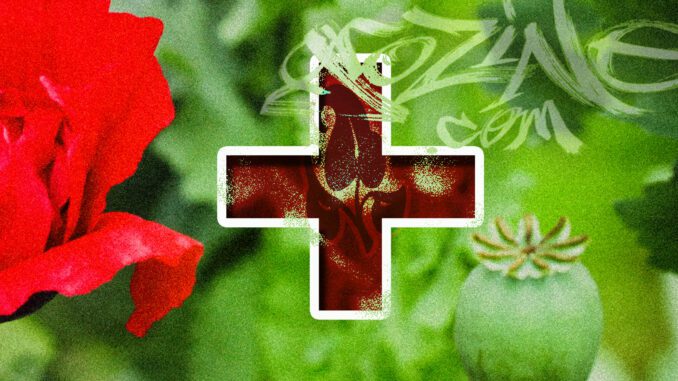
Reaping Nature’s Pharmacy
By Brandon Pillon
[quote]About 25% of all prescription medicines contain one or more active ingredients extracted from plants[/quote]
In terms of The Medicinal Value of Flowering Plants, the extracts, for example, of cherry and horehound for cough medicines to chemical compounds in periwinkle and autumn crocus for cancer therapy, derivatives of roots, stems, leaves, and flowers play important roles in the treatment of illness and disease. About 25% of all prescription medicines contain one or more active ingredients extracted from plants.
Many of the plant-produced chemicals with medicinal properties are alkaloids, bitter-tasting organic compounds that contain nitrogen. From example, the rosy periwinkle produces two alkaloids, vinblastine and vincristine, which are used to treat 2 kinds of cancer, Hodgkin’s disease, and childhood leukemia. Other important alkaloids with medicinal value include quinine, morphine, and reserpine. Quinine, an antimalarial drug, comes from the bark or yellow cinchona. Morphine, used medically to relieve pain, is extracted from the opium poppy. The Indian snakeroot is the source of reserpine, an alkaloid used to treat hypertension and some psychiatric disorders.
Various medicinal plants that we use today have been used for centuries in folk medicine. The modern medical establishment has learned to respect reports about medicinal plants in the traditions of indigenous peoples, because they provide clues about which plants to test. Studies show that plants identified as useful by shamans and traditional plant users are up to 60% more likely to have medicinal value than plants that are randomly collected. Ethnobotany, the study of the traditional uses of plants by indigenous people, helps pharmaceutical companies identify medicinal plants. Unfortunately, much of this knowledge is disappearing as indigenous peoples are exposed to modern ways and their traditions are forgotten.
Only a fraction of the more than 300,000 species of flowering plants have been investigated for their medicinal value. It is likely that the untested species contain other valuable alkaloids with medicinal properties. Sadly, we may never have the opportunity to find out, because many of the wild plant species that have medicinal potential are threatened and are disappearing as human activities destroy wildlife habitats, like clear cutting in the rainforests around the world.
